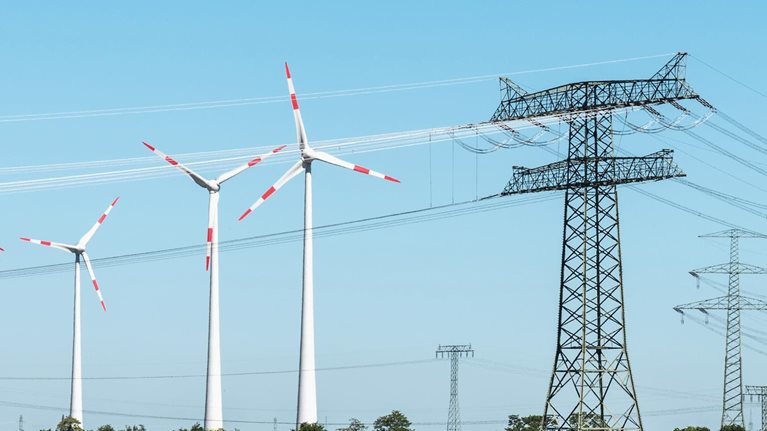Europe is currently facing two major energy challenges. The first is energy insecurity rooted in the continent’s fossil-energy dependence and its vulnerability to hostile moves. The second, shared with the entire globe, is that of emissions-related climate change.
Indeed, Russian gas imports accounted for 31 percent of European supply in 2020, and the risk that Europe may be cut off from Russian gas this year is escalating. The EU member states have already taken clear actions to diversify gas supply and recently announced a commitment to further reduce gas demand by 15 percent next winter.1
At the same time, addressing energy security comes with potential climate risks. While the European Union has passed measures2 that aim to keep climate at the forefront of energy security actions, if the threat of import restrictions further materializes in the near term, additional levers of various levels of climate impact will be needed to close the gap.
For the coming winter, the entirety of the levers available to the European Union would be needed to come close to offsetting Russian gas demand. Completely closing the gap without affecting industrial energy use would require significant behavioral change. This would imply an urgent need for strong public awareness campaigns to address immediate reductions in parallel to governments taking actions on more permanent solutions.
Within a three-year timeline, however, a more enduring and climate-friendly solution to energy security could be achieved without demanding significant changes in behavior or industrial-energy use. This scenario would require accelerating the energy transition to at least meet the new REPowerEU targets, as well as investing in new liquefied natural gas (LNG) imports.
Actions that governments could take to unlock these solutions include the following:
- Accelerate permitting for new renewables projects.
- Improve energy efficiency through public interest and financing programs.
- Rapidly electrify fossil fuel–intensive industrial processes.
- Develop and move quickly on strategies to secure equipment and raw materials for the energy transition.
- Scale up the workforce needed to enable the clean-energy transition.
- Invest in temporary floating storage regasification units (FSRUs) on short-term contracts.
When taking rapid action in a difficult situation, it is important that stakeholders recognize the nuances inherent in doing so. Below, we illustrate this point by drawing out some examples of these nuances aligned with the enumerated actions above:
Permitting. Permitting processes are slowed now for many reasons, some of which can be addressed by better tools and regulatory frameworks. However, winning local support and identifying priority build areas are not straightforward tasks, and the approaches and timelines to accomplish them effectively will vary not only by country, but also regionally within a country. Permitting should be made more efficient but not at the expense of societal support, which may further slow the momentum of climate-friendly energy action.
Electrifying. Electrification of industrial heating, where technically feasible, is certainly critical to achieving Europe’s climate goals. Acceleration of this effort will further reduce dependence on fossil imports while reducing emissions. For a given site’s conversion using industrial heat pumps, the time and effort required to build the business case, source the equipment, and install and maintain the systems is substantial. It will be important in the near term to identify the industries and regions where this process makes the most economic sense, avoids stranding assets, and results in the largest impact. Indeed, Europe’s near-term ability to rapidly scale electrification will be limited until equipment and labor supply can catch up to the demand potential.
Investing. New investments in gas infrastructure risk lock-in and asset stranding. However, acknowledging the value of redundancy in the energy system to help avoid future crises, especially until the above unlocks are executed, should be on the mind of decision makers. Any new gas infrastructure must meet a set of requirements that ensures usefulness in a fossil gas-free future, such as readiness for electrical compression, bi-directionality of flows, and the capability to transport clean fuels such as hydrogen.
A more detailed discussion of the levers available to the European Union and the associated climate implications, as well as information on the region’s potential to offset Russian gas in 2022 and 2025, can be found in Delivering EU energy security through climate action. The report is a joint effort by the European Climate Foundation, the Hewlett Foundation, and McKinsey, wherein McKinsey supported the analysis and synthesis of the data and information provided.

